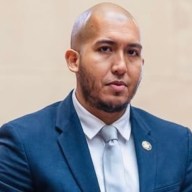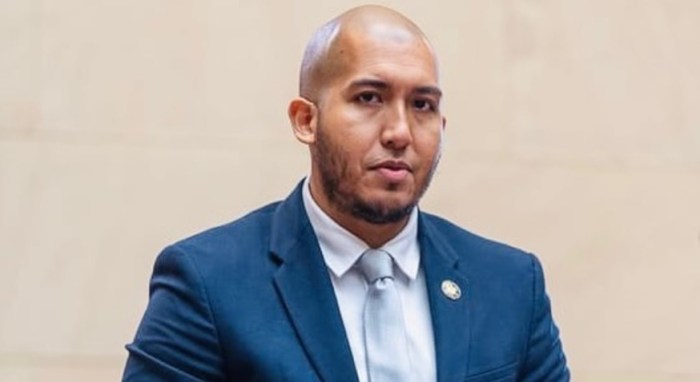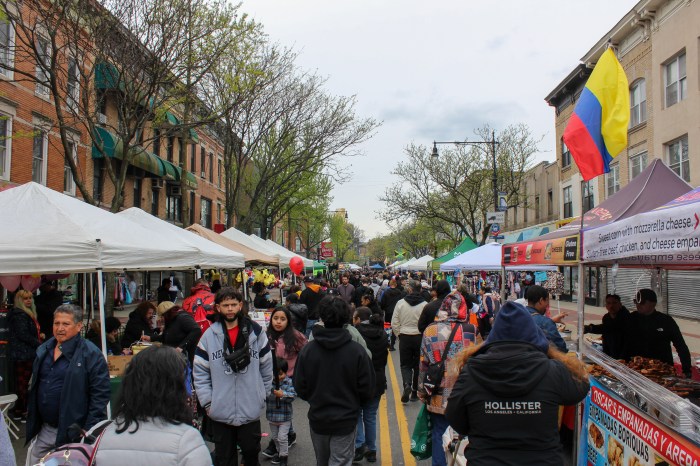By Charles Hack
The Social Security office that helped 80-year-old Mary Martini understand her rights after her son died on 9/11 will be closing, after serving the community for more than 30 years. Martini and seniors like her, who can walk to their social security office and enjoy personal attention, may soon be the losers in an age when supercomputers can calculate applicants’ benefit entitlements and deliver the information instantly over the phone or Internet. State Sen. Carl Kruger (D-Brooklyn) wants to overturn the Social Security Administration’s decision to close the walk-in office at 4123 Ave. U, at Hendrickson Street, following declining usage. The office is slated for closure in the fall of 2006. “They tell us that so much information is available on the Internet,” Kruger said. “The vast majority of seniors that live in our community do not use, or have access to the Internet. “They need the face-to-face, one-on-one contact to help them walk through the difficult. complicated and bureaucratic red-tape that social security is famous for,” he said. Kruger also says the decision was made without consultation or even written notification. With a mere phone call, and not even a letter or even an opportunity for public comment, social security has decided to – as they call it – consolidate — we call it close — this facility that services our community,” Kruger said. Because the federal government made the decision, Kruger said that he asked Rep. Anthony Weiner to try to prevent the closing. Weiner sent a letter to Jo Anne B. Barnhart, commissioner of the Social Security administration, urging them not to close the field office. Kruger says that with the restructuring of social security looming, one-on-one advice is more important than ever. The office serves some 75,000 seniors within the 11234 zip code and slightly beyond, including areas like Marine Park, Mill Basin, Bergen Beach, Georgetown, parts of Sheepshead Bay and Gerritsen Beach, according to Kruger. With a staff of nine and five interviewers, Sandra Escuder, Area District Office Supervisor of the Social Security Administration, said it is very difficult to provide quality service, but new technologies have reduced staffing needs. “With increased automation there is really not that need for increasing staff,” she said. Although the closure will save the Social Security Administration some $3.5 million over ten years, declining usage not budgetary cuts is the reason for the closure, she said. “Right now they might get 45 people coming into the office each day and most of them are in it for things that can be done very easily over the phone, such as award letters for housing or food stamps,” Escuder said. “They can call an 800 number and get it right over the phone.” But long-term client to this office, Francis Mattina, who gave her age as over 70, isn’t buying the idea that technology makes things easier. “There’s always problems. You call up. It’s press number one or press number two and so forth, and then you finally get somebody, and they put you on hold,” Mattina said. “You call up the next day and they ask who told you that? “I would rather see the person I am talking to face-to-face,” she said. But Escuder insists that the majority of social security clients are now better served. “We do things a lot faster and a lot smarter than we did 20 years ago,” she said. When Escuder started in 1970, staff had to guess whether an applicant had enough credits to get benefits. “(Today) we can look at somebody’s records and can tell immediately whether you have enough credits to qualify for social security,” Escuder said. “It would take months to process a regular retirement claim in 1970.” For people who are not computer savvy, or get frustrated with the telephone, there are still 11 social security offices in Brooklyn, she says. The Flatbush office at 2250 Nostrand Ave. is 2.1 miles and a single B41 bus-ride away. “We want to give our customers as easy access as possible, but it’s not always possible to maintain an office within walking distance,” she said. “All the people here are from the neighborhood. We can walk to the mall, we can walk to the community center,” said Gilda Ida, who lives on East 47th Street and says she is over 70-years-old. “What happens when I can’t make the steps to the bus.” said Ida, Mattina, who lives on East 58th Street and Avenue U, says she has problems with getting on buses already. “We can’t get on these buses, because we can’t lift our legs up that high,” she said. “I won’t say it’s not as convenient as walking, but not every one in this zip code walks either,” Escuder said. Most social security clients can’t walk to their local office she says. For example, there are just four social security offices in Suffolk County. But this is Brooklyn, and for those who are accustomed to local service, adjusting to the closure may prove tough. “I really don’t know what I will do,” said Martini, who lives on Ryder Street between avenues U and V. “I don’t know how I would get to this other place. It would be impossible to tell you the truth.”

































